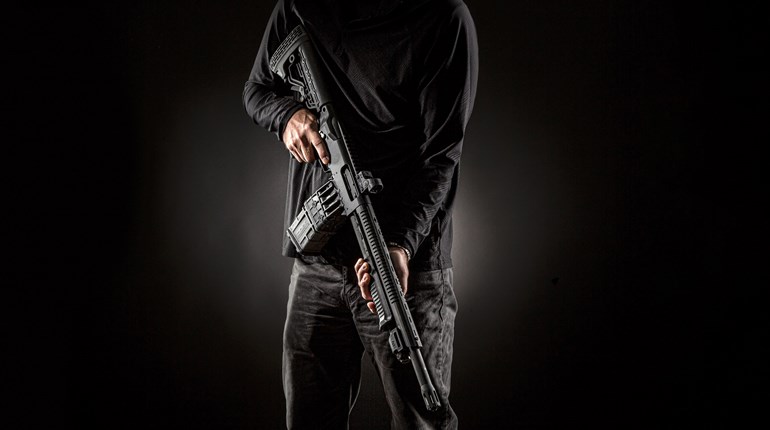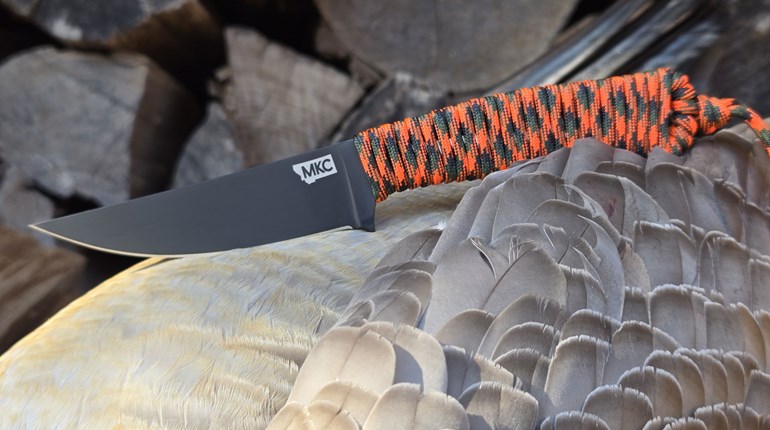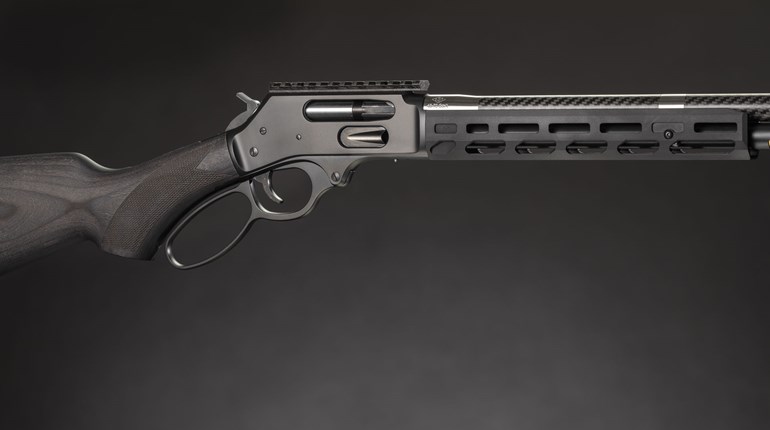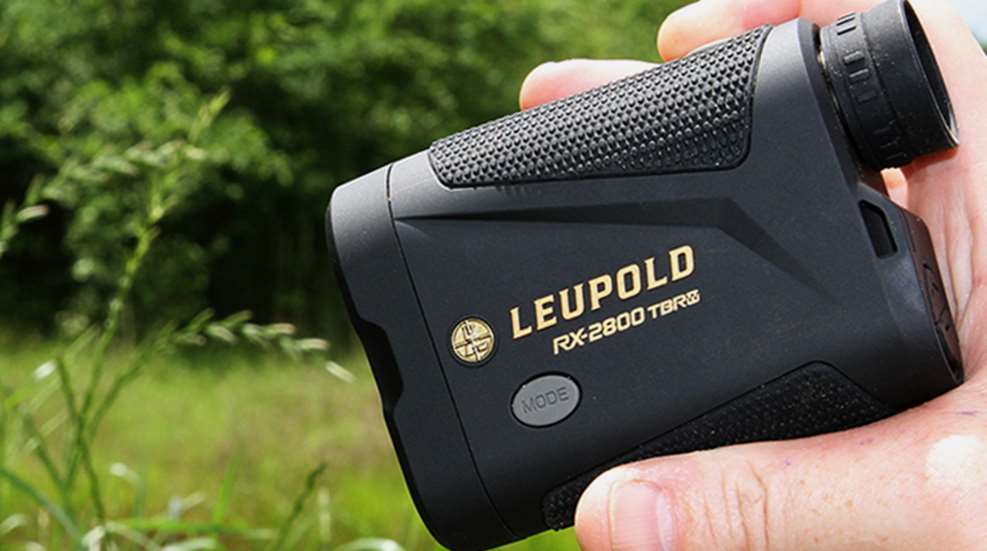
It is stunning to reflect on the leaps in technology made by laser rangefinder manufacturers in the last few years. I can remember hunting and shooting in the late 90s—less than 20 years ago—when anything further than about 200 yards was a difficult shot because I was never sure how high to hold due to not being positive of my target’s distance. The mantra I commonly heard was “hold high, always on hair, and hope.”
Obviously, much has changed. First, it was affordable handheld laser rangefinders that instantly gave bowhunters and riflemen the exact linear distance to the target, thereby turning what was a variable in the shooting equation into a constant. Next, inclinometers were added to the units to calculate the angle of the shot with the linear distance to give shooters an accurate horizontal distance to the target, even if it was standing 500 yards down a steep mountain valley. This changed the game.
In the last few years, a few consumer rangefinders have incorporated ballistic solutions that also output reticle adjustments. One company that is leading the charge with its durable, compact, quality rangefinders is the riflescope juggernaut Leupold & Stevens, Inc. The company’s new RX-2800 TBR/W laser rangefinder is its most advanced to date. Here’s what you should know about it if you’re in the market for a new rangefinder specifically for long-range hunting shooting or mid-range shooting.
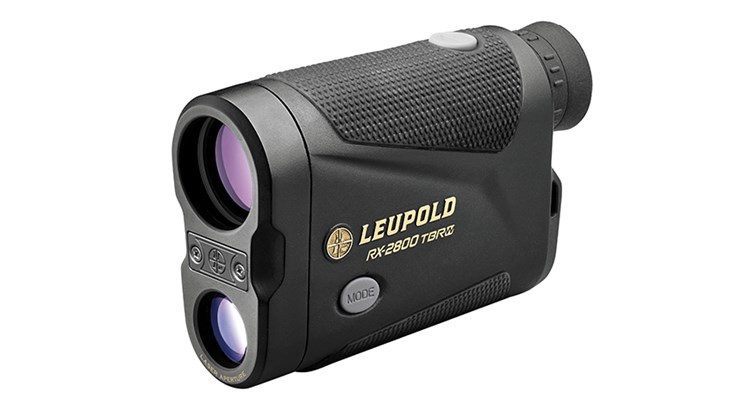
If you’ve ever used a Leupold rangefinder, you know they hold several advantages over the competition, and the RX-2800 TBR/W widens that gap. First, while its electronics are made overseas, it’s built to Leupold’s exact specifications. Its fully multi-coated, 7X optics are so clear I’ve used it in place of my forgotten binocular. Its buttons are crisp, and along with being waterproof, it’s much tougher than you might imagine. Indeed, judging by 15 years of hardcore rangefinding use wherein I’ve tested every brand and model available, I feel Leupold’s rangefinders are among the toughest. The RX-2800 TBR/W features an aluminum housing coated in a thick rubber armor. I’ve dropped mine repeatedly, soaked it in rain, left it in the woods and generally abused it, and it always works.
Secondly, the illuminated red OLED readout and reticle in the RX-2800 TBR/W is among the sharpest and most easy to read, even in dim lighting upon a dark background. And it doesn’t cause red flaring and internal glare like some of the cheaper illuminated-reticle rangefinders I’ve used. Third, the RX-2800, like its older model siblings, is compact and light enough to put in a front shirt pocket. Fourth, if Leupold says its units will range to a given distance—in this case 2,800 yards—it will, provided the conditions are ideal. But the company also lists what sportsmen can expect in non-ideal conditions upon non-reflective targets, such as deer. It will range deer-sized animals to about 1,100 yards. I appreciate the honesty. Finally, the RX-2800 TBR/W is simple, fast and easy to use with only two buttons, albeit those two buttons have multiple functions if you dive deeper into its capabilities.
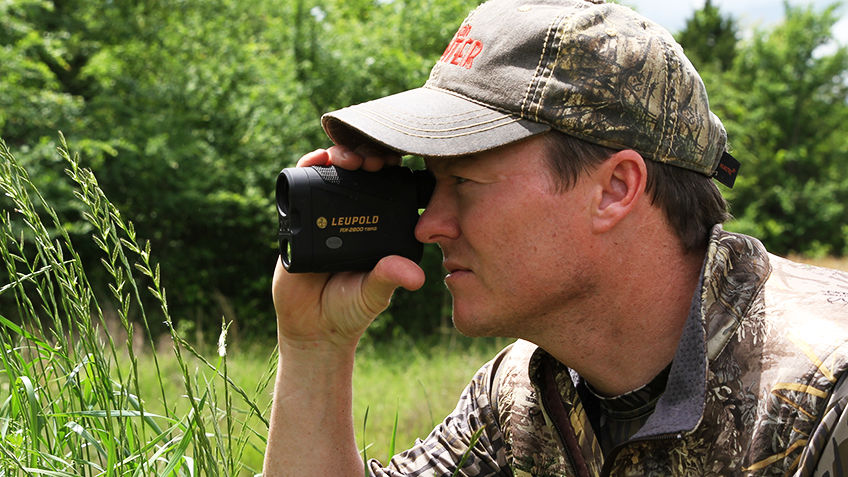
Indeed, what sets this unit apart from most other rangefinders is its integrated TBR/W (True Ballistic Range with Wind) technology. In a nutshell, the unit’s onboard CPU calculates the range, combines it with the inclinometer output to find the true horizontal distance then uses a complex algorithm—and the rifle’s ballistic data—to give the shooter the proper hold or scope adjustment and a wind estimation for any given range out to around 800 yards. In practical application, you range a target, and the little Leupold tells you how high to hold, or how many clicks—in MOA or mils—to dial. It’s pretty darn amazing.
Certainly, the unit requires 5 to 10 minutes of set-up time wherein you will actually need to read the directions. Then you must decide on a rifle caliber class and input it, a zero range and what output values you prefer—MOA or mils—but after doing so and practicing a little with it, it might be the quickest system going for making long-range hits.
The RX-2800 TBR/W also incorporates wind dope into its output. It uses a simplified system that snipers often use so as to not overcomplicate the oft-changing wind call. One second after the elevation dope appears on the readout (after the range button is pushed) the wind read pops up. Wind drift predictions are based on a 10 mph wind at a 90-degree angle for the distance to your target—based on your rifle’s ballistic profile. In other words, it doesn’t contain a wind meter, so you’ll have to do some quick calculations in your head based off the numbers it gives, but with practice, it’s easy. For example, if the wind is estimated to be 5 mph, the shooter halves the number; if it’s more like 20 mph, the number should be doubled. If the wind is quartering, shooters are urged to use 50 percent of the output value. Wind reading is an art; the RX-2800 TBR/W simply makes it a little easier to apply your wind read to your shot.
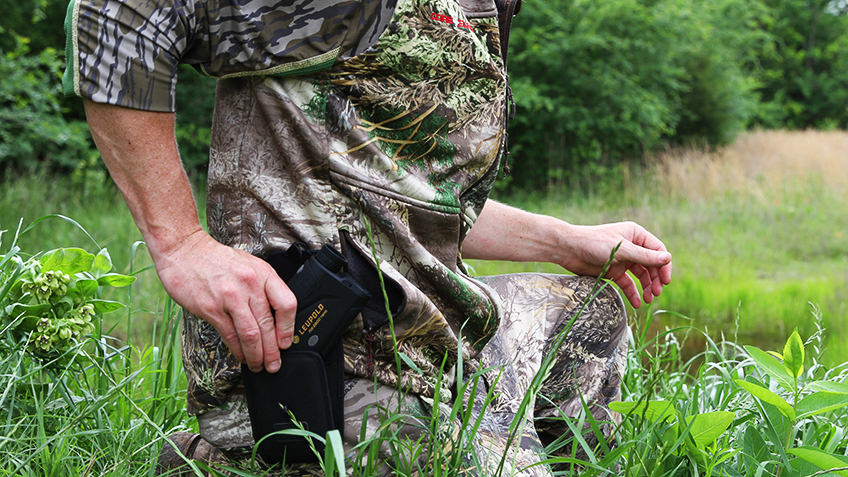
In real world practice, I found the RX-2800 TBR/W to be one of the most versatile rangefinders on the market. It’s small, tough, accurate and smart. I dropped it, dunked it in water and used it for weeks with no sign of its single CR123 battery weakening. While I most often use it for bowhunting and shooting at relatively close distances without using the TBR/W technology, I love knowing I can depend on it if and when I might take a challenging shot down a mountainside at a once-in-a-lifetime bull elk. In this case, I’ll take all the help I can quickly get to ensure a clean shot.
Technical Specifications
• Type: laser rangefinder
• Magnification: 7X
• Range: 10-2,800 yds.
• Objective Lens Diameter: 27mm
• Eye Relief: 16mm
• Exit Pupil: 3.6mm
• Field of View @ 1,000 Yds.: 318′
• Power Source: CR2 lithium battery
• Dimensions: length 4.3″, width 1.5″, height 2.9″
• Weight w/ Battery: 7.9 ozs.
• Accessories: case, lanyard, battery
• MSRP: $649.99; leupold.com













